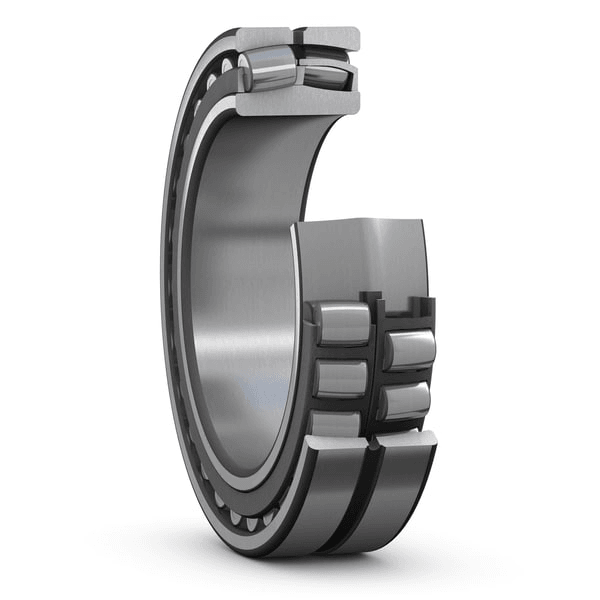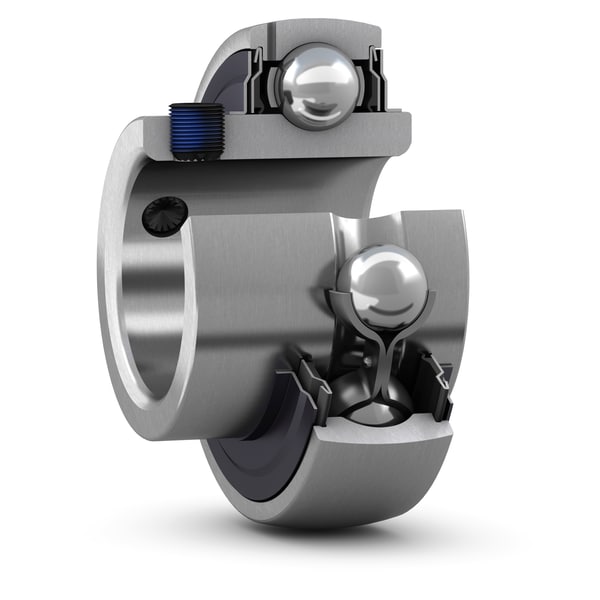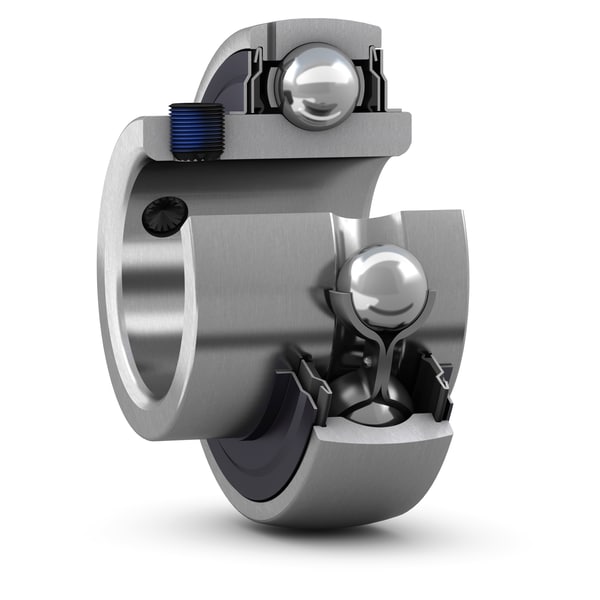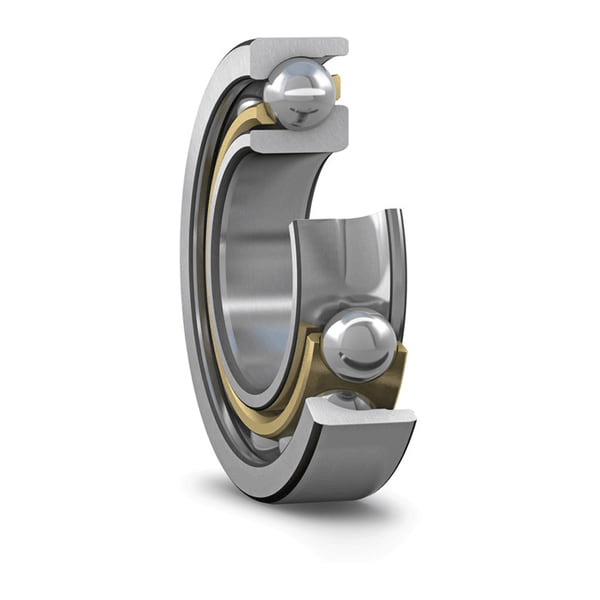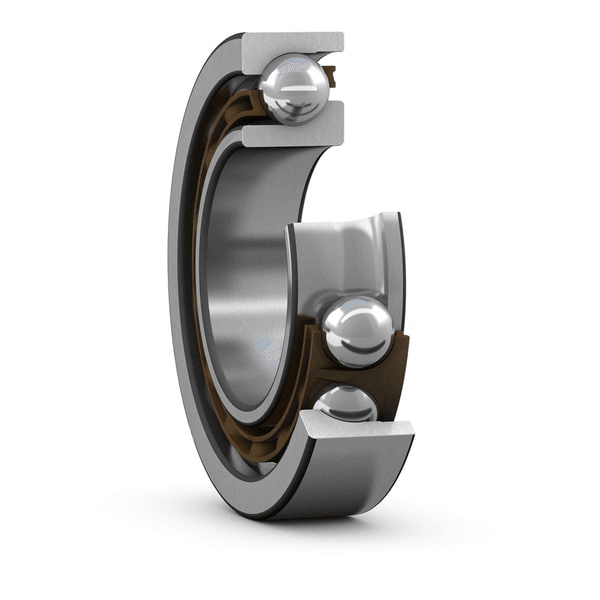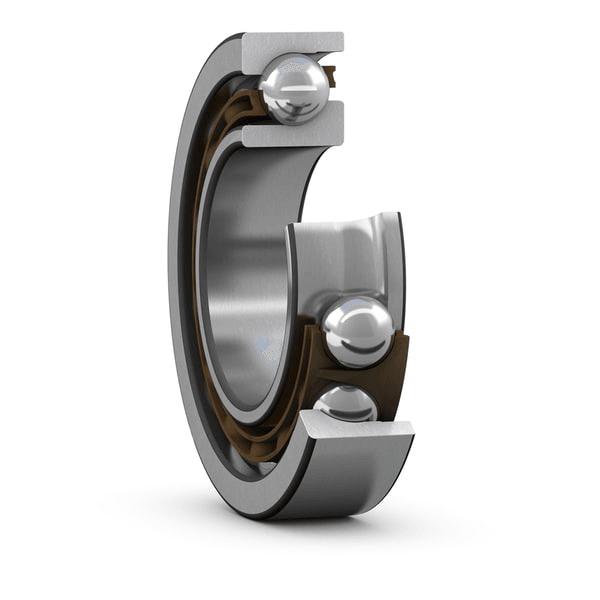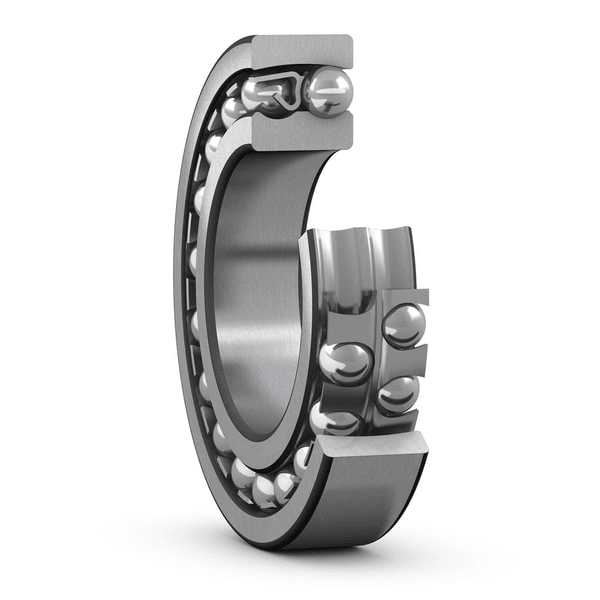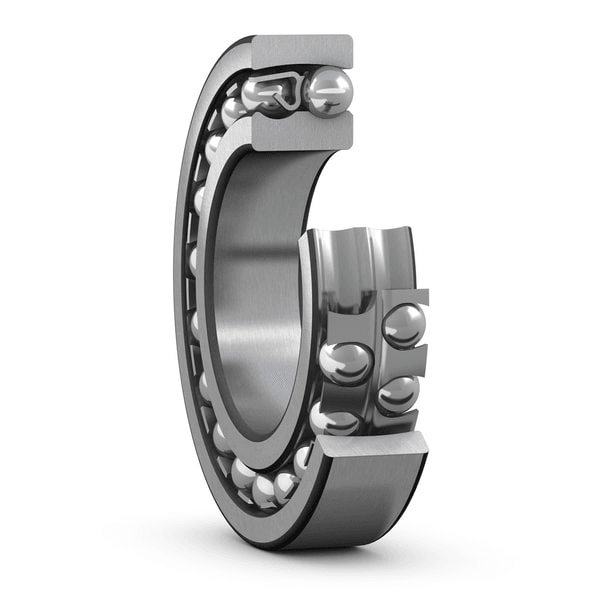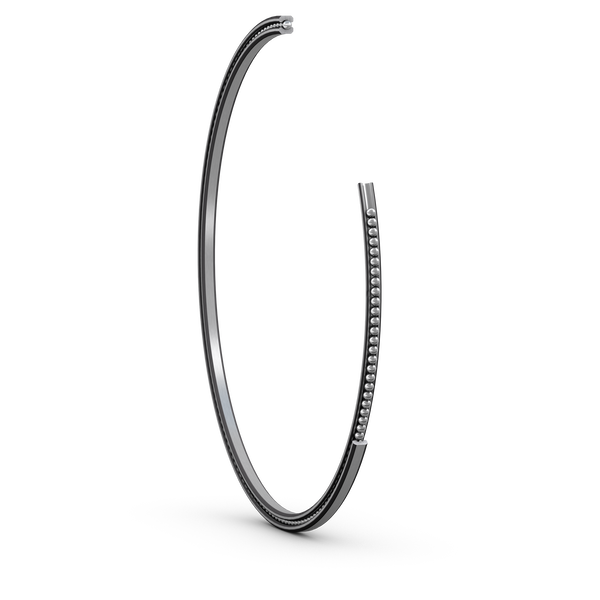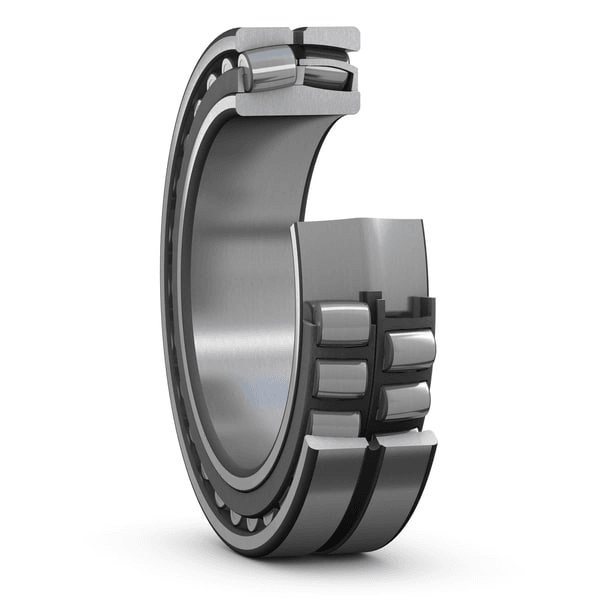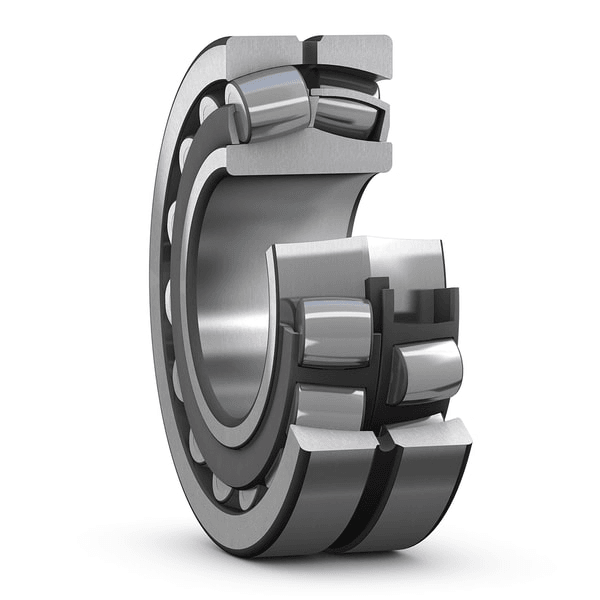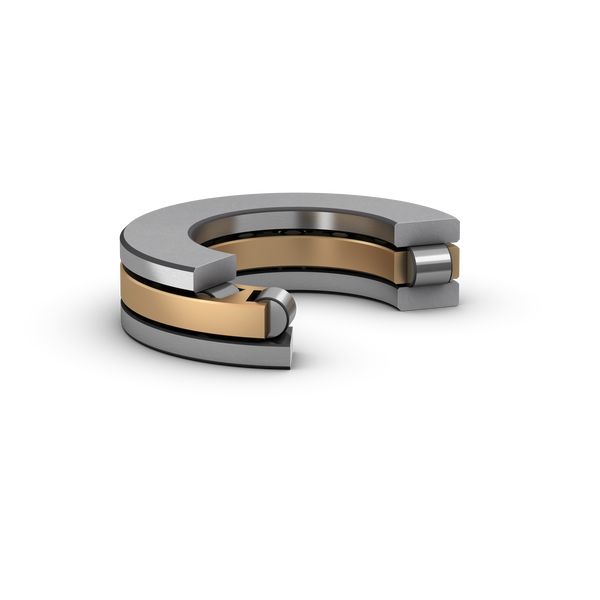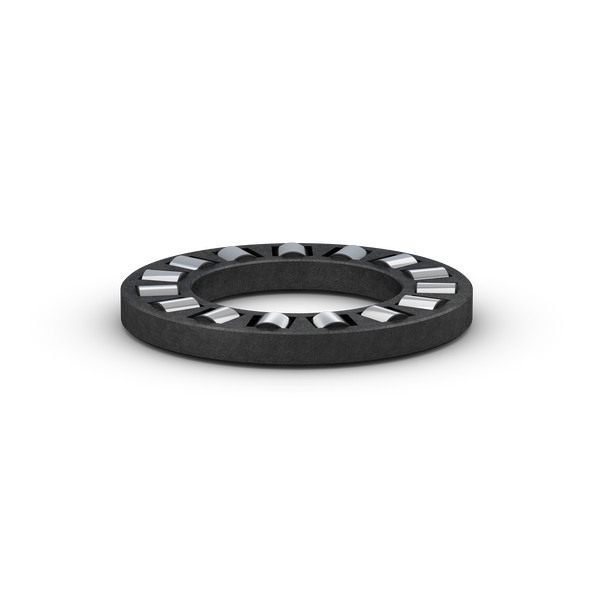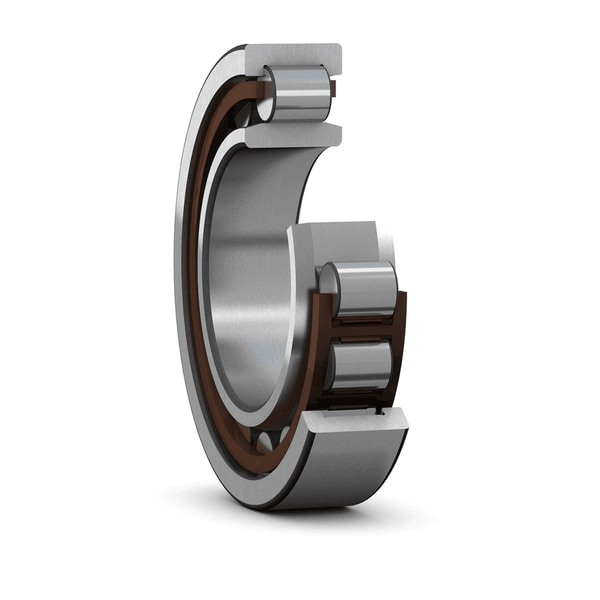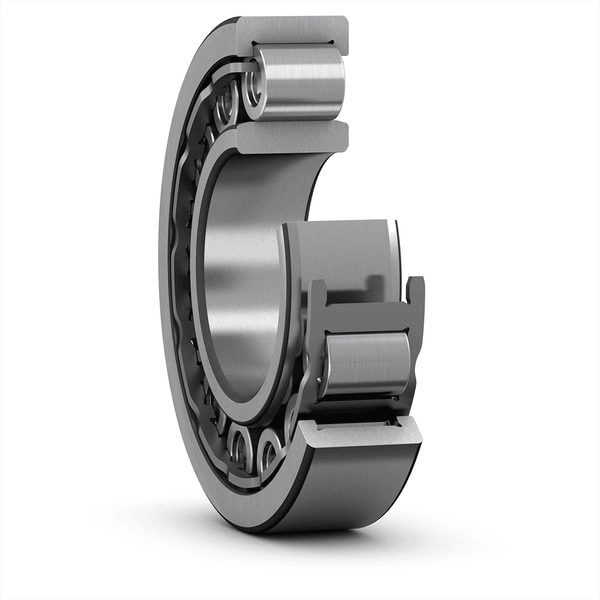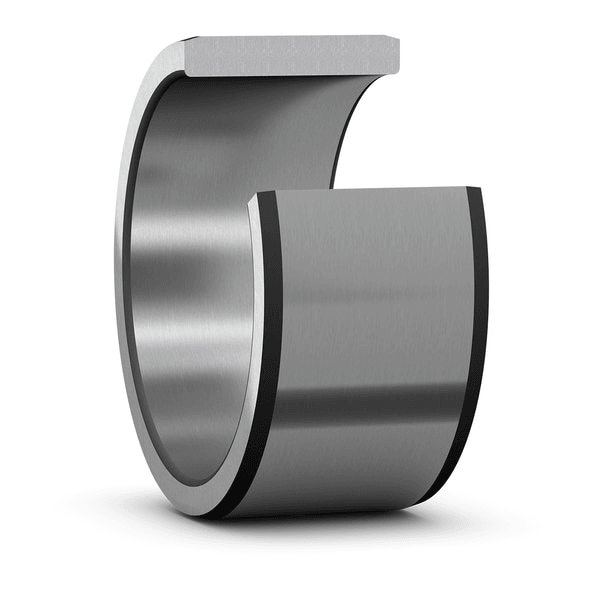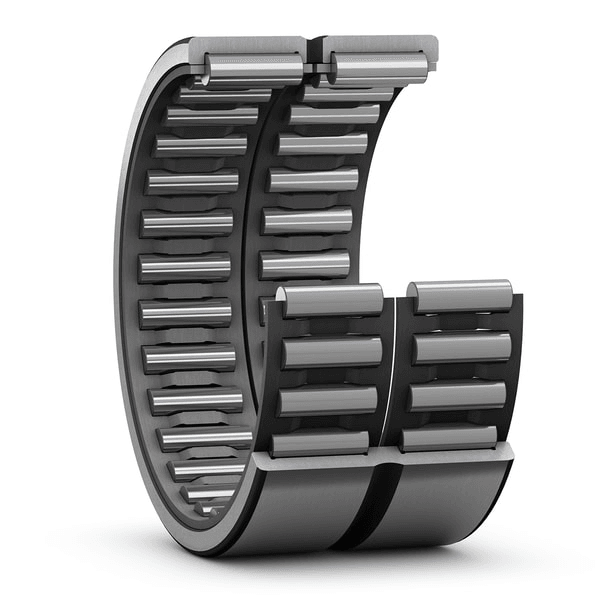Description
| Bore type | Cylindrical |

Dimensions
| d | 130 mm | Bore diameter |
|---|---|---|
| tΔdmp | -0.025 – 0.0 mm | Deviation limits of mid-range bore diameter |
| D | 220 mm | Outside diameter |
| tΔDmp | -0.03 – 0.0 mm | Deviation limits of mid-range outside diameter |
| B | 73 mm | Width |
| tΔBs | -0.08 – 0.0 mm | Deviation limits of ring width |
| d2 | ≈ 154 mm | Shoulder diameter of inner ring |
| D1 | ≈ 190 mm | Shoulder/recess diameter of outer ring |
| r1,2 | min. 2.1 mm | Chamfer dimension |
| Normal | ISO tolerance class for dimensions |

Abutment dimensions
| da | min. 142 mm | Diameter of shaft abutment |
|---|---|---|
| Da | max. 208 mm | Diameter of housing abutment |
| ra | max. 2 mm | Radius of fillet |
Calculation data
| Basic dynamic load rating | C | 564 kN |
|---|---|---|
| Basic static load rating | C0 | 930 kN |
| Fatigue load limit | Pu | 93 kN |
| Reference speed | 1 600 r/min | |
| Limiting speed | 2 400 r/min | |
| Limiting value | e | 0.31 |
| Calculation factor | Y1 | 2.2 |
| Calculation factor | Y2 | 3.3 |
| Calculation factor | Y0 | 2.2 |
Tolerances of run-out
| Range of section height at inner ring of assembled bearing | tKia | 8 µm |
|---|---|---|
| Maximum run-out of inner ring side face to the bore | tSd | 10 µm |
| Range of section height at outer ring of assembled bearing | tKea | 15 µm |
| Perpendicularity of outer ring outside surface | tSD | 5.5 µm |
| ISO tolerance class for geoal tolerances | P5 |
Radial internal clearance
| Minimum initial clearance | 145 µm |
| Maximum initial clearance | 190 µm |
Tolerances and clearances
General bearing specifications
- Tolerances: Normal, P6, P5,
tapered bore 1:12, tapered bore 1:30 - Radial internal clearance: cylindrical bore, tapered bore
Bearing interfaces
- Seat tolerances for standard conditions
- Tolerances and resultant fit
Spherical roller bearings can accommodate heavy loads in both directions. They are self-aligning and accommodate misalignment and shaft deflections, with virtually no increase in friction or temperature. They can be used in a modular system, including housings, sleeves and nuts.
- Accommodate misalignment
- High load carrying capacity
- Low friction and long service life
- Increased wear resistance


